Winter can be tough on shrubs. Freezing temperatures, snow, ice, and harsh winds often leave once-healthy plants looking brittle, discolored, or even half-dead by spring. But before you give up and rip them out, know this: many shrubs are more resilient than they appear. With the right care and patience, you can often revive shrubs that seem beyond saving.
Here’s a detailed guide on how to assess winter damage, bring struggling shrubs back to life, and help them thrive through future cold seasons.
Step 1: Assess the Damage
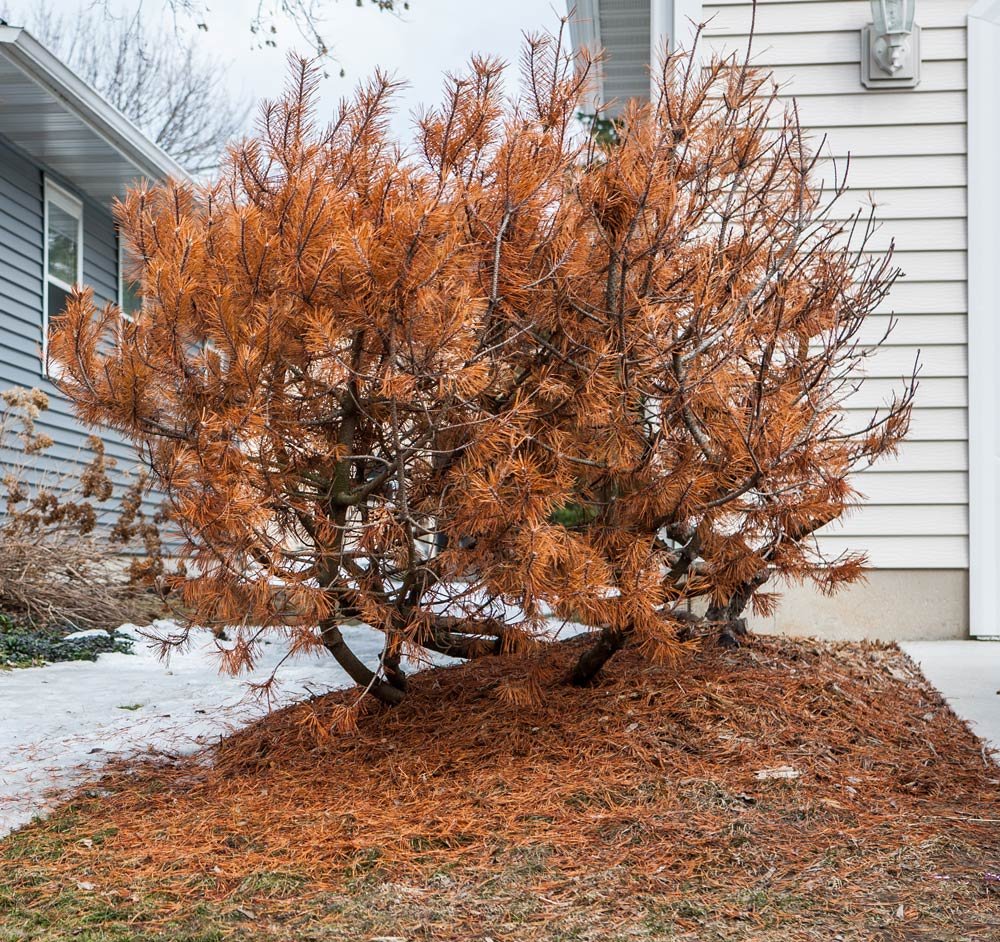
Not all winter damage is permanent. The first step is to carefully evaluate your shrub:
- Check for life in the stems: Gently scratch the bark with your fingernail or a knife. Green underneath means the branch is still alive; brown or brittle means it’s dead.
- Look for swelling buds: Even if branches look bare, new buds may be forming along stems.
- Examine roots and base: If the crown (the area where stem meets soil) is firm and not rotted, there’s still hope.
- Note location of damage: Shrubs often lose their outer or upper branches to cold while inner branches remain alive.
Be patient—sometimes shrubs take weeks after thawing to show signs of recovery.
Step 2: Prune Damaged Wood
Dead or damaged branches not only look unsightly but also sap energy from the plant. Correct pruning encourages healthier regrowth.
- Use sharp, clean pruners to cut back dead branches until you reach living tissue.
- Remove any broken, split, or crossing limbs caused by snow and ice weight.
- Avoid aggressive pruning right away—focus on removing what’s clearly dead, then wait for regrowth to see what else needs trimming.
Pro tip: Prune on a dry day to minimize disease risk.
Step 3: Rehydrate and Feed
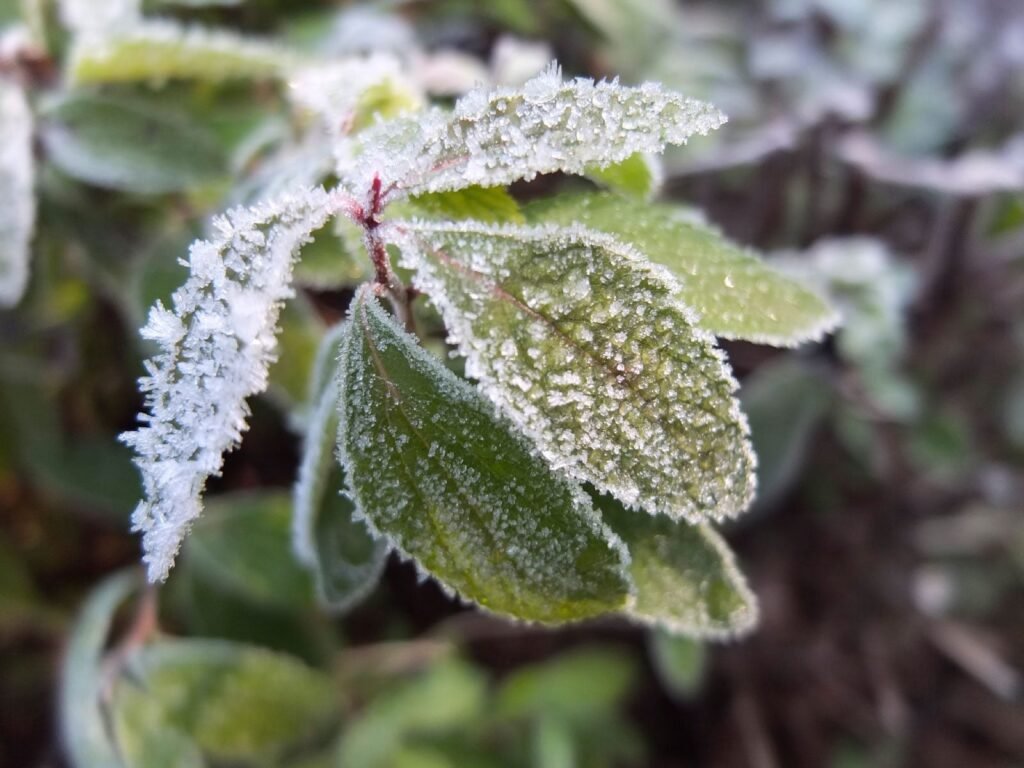
Winter winds and frozen soil often dehydrate shrubs. Once spring arrives:
- Water deeply: Give shrubs a long soak at the base once the ground thaws. Continue watering regularly if spring is dry.
- Mulch generously: Apply 2–3 inches of organic mulch around the base (not touching the trunk) to retain moisture and regulate soil temperature.
- Apply fertilizer: Use a slow-release balanced fertilizer or compost to give shrubs an energy boost for regrowth.
Step 4: Protect New Growth
New shoots are vulnerable to stress, so protect them as they emerge:
- Avoid over-pruning: Allow the shrub to focus on healing and producing foliage.
- Don’t fertilize too heavily: Too much nitrogen can push weak, spindly growth.
- Shade scorched plants: If leaves are sunburned from snow reflection or wind, temporary shading can reduce further stress.
Step 5: Be Patient
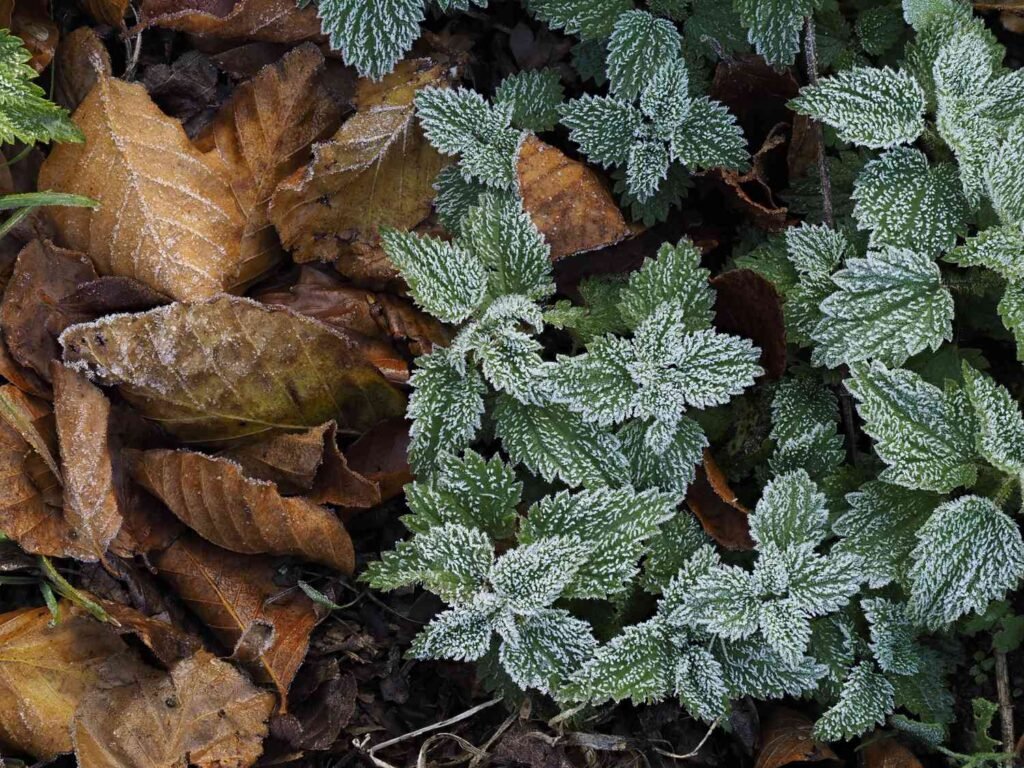
Shrubs can take an entire growing season—or even two—to fully recover from winter injury. Don’t judge too quickly:
- If the base is alive, even severely damaged shrubs can sprout fresh shoots from the crown.
- Flowering shrubs may skip a season while they redirect energy into survival.
Step 6: Prevent Future Winter Damage
Once your shrubs recover, plan ahead to minimize future stress:
- Choose hardy varieties suited to your climate.
- Plant in sheltered locations away from strong winter winds.
- Mulch in late fall to insulate roots before the ground freezes.
- Wrap vulnerable shrubs with burlap or frost cloth to protect from drying winds and ice.
- Water before the ground freezes, ensuring shrubs go into winter hydrated.
When to Replace Instead of Revive
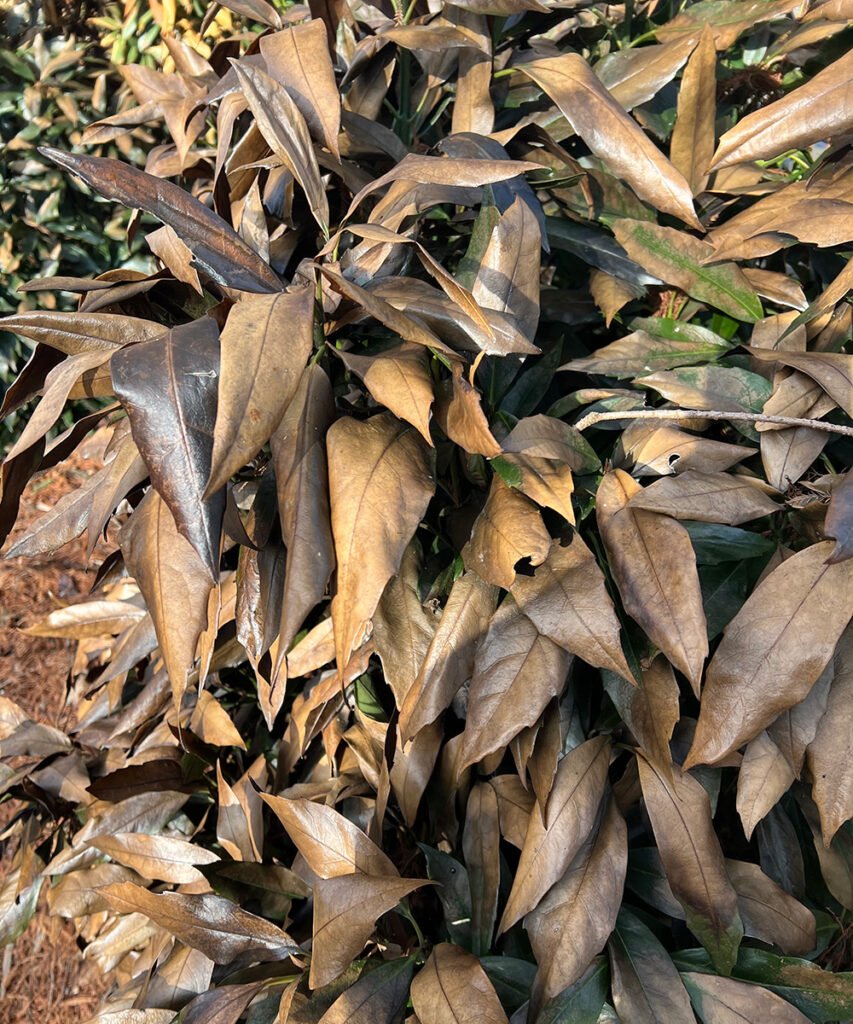
Sometimes shrubs simply don’t make it. If:
- The crown is soft, mushy, or rotten,
- More than 75% of the plant is dead,
- Or the shrub fails to regrow after a full season,
…it’s time to remove and replace it with a hardier option.
Final Thoughts
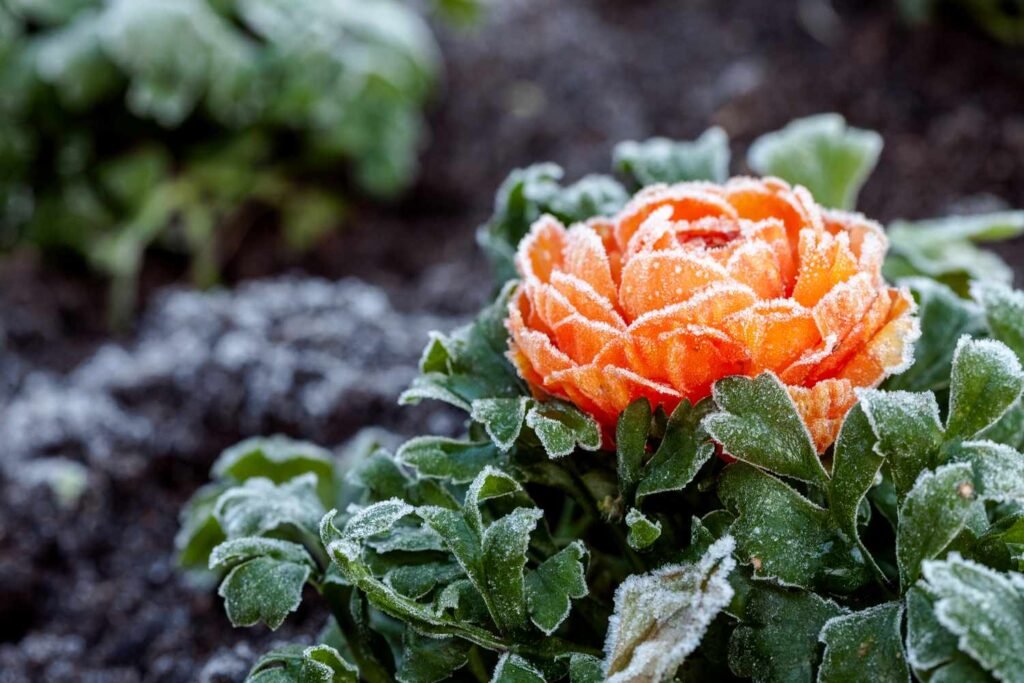
Reviving shrubs after a harsh winter requires patience, observation, and gentle care. While not every plant can be saved, many bounce back stronger than expected with the right support. By assessing damage carefully, pruning wisely, and providing consistent water and nutrition, you give your shrubs the best chance to recover.
And with preventive steps in place before the next cold season, you’ll not only rescue your current shrubs but also set them up for many healthier winters to come.





